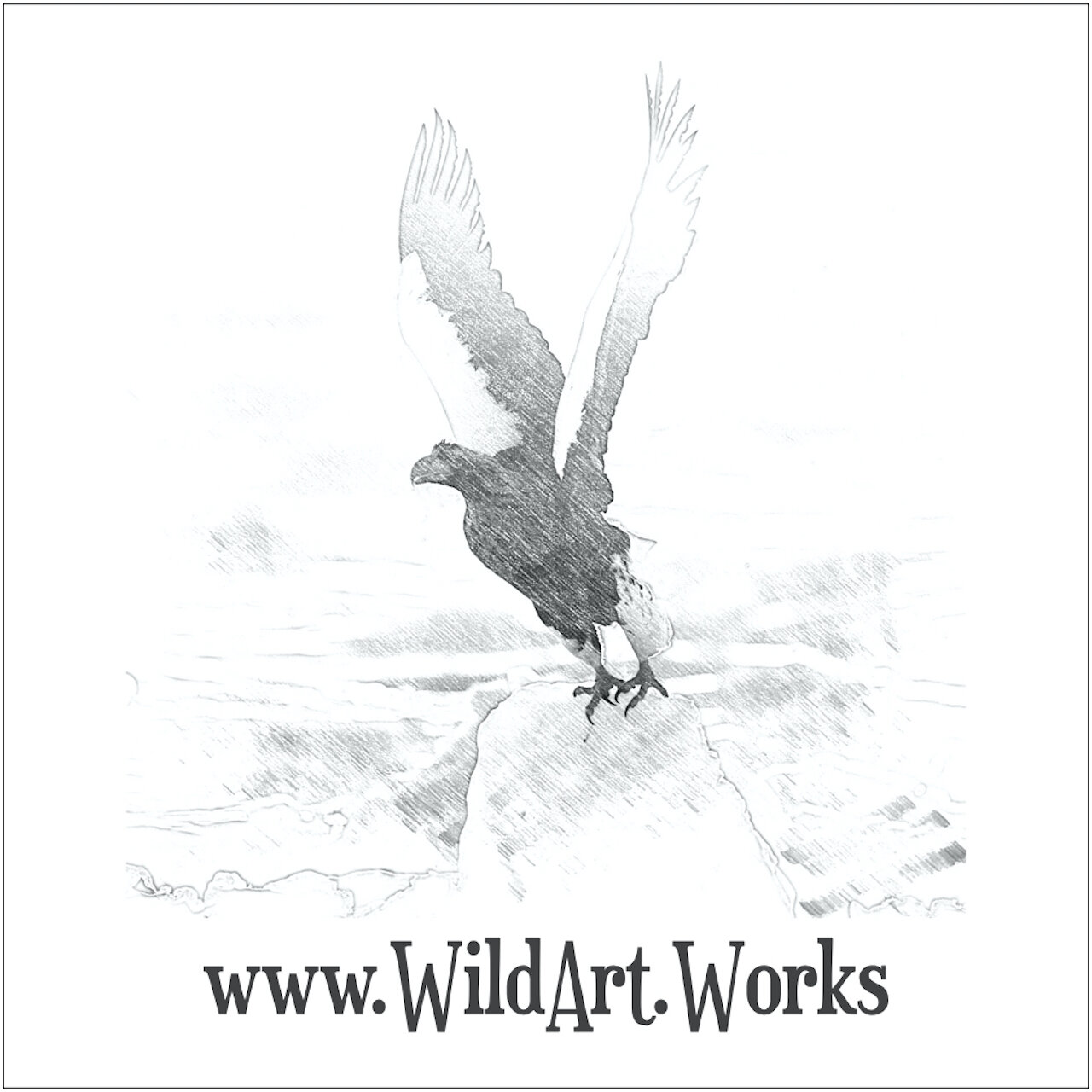Behind the Lens
a blog every Friday on a specific species of animal or bird and stories of photos
Search for a specific species, genre or even a location or use the directory for a complete list of species I have photographed and written about till date.
Listen to my TEDx talk.
Old World Flycatchers
The Old World #Flycatchers are a large family, the #Muscicapidae, of small passerine birds mostly restricted to the Old World (Europe, Africa and Asia). These are mainly small arboreal insectivores, many of which, as the name implies, take their prey on the wing. The family includes 324 species and is divided into 51 genera.
Featured here are only a few of these beautiful birds I have been fortunate to observe and photograph across various habitats in Asia Pacific.
#wildartworks, #flycatcher, #birdinginthewild, #birdphotography, #ananthagiri,
Gaur
The Gaur is the largest species among the wild cattle and attains a shoulder height of 1.8 m (6 feet) or more. It is heavy-bodied and typically blue-eyed and has curving horns, a high ridge on the forepart of the back, and white “stockings” on the legs. Bulls are dark brown or blackish, cows and young reddish brown. Greatly reduced in numbers, gaurs survive only in scattered herds in India, Myanmar, West Malaysia, and Thailand. In Malaysia, it is called seladang, and pyaung in Myanmar. The domesticated form of the gaur is called gayal (Bos frontalis) or mithun.
#wildartworks #kabini #tadobatigerreserve #tadoba #jungle #wild #forest #wildlife #nagarholetigerreserve #birdinginthewild #wildlifephotography #nilgiribiosphere #kabinibackwaters #birdphotography #nagarhole #indian_wildlifes #indianwildlifeofficial #wildlifeonearth #conservationphotography #gaur #indianbison
Blue Whistling Thrush
Locally known as the whistling schoolboy for the long piercing, eerily human, whistling calls they make at dawn. The #WhistlingThrush is a large bird usually found along streams in forested hills and mountains. It is a beautiful dark purple with tiny silver spangles on head, back & wings. The bill color varies with range. They frequently fan their tail while standing on an exposed perch such as a waterside rock or overhanging branch.
#wildartworks, #whistlingthrush, #birdinginthewild, #birdphotography, #thrush, #bluewhistlingthrush, #malabarwhistlingthrush, #thrush
The Loyang Rock
The Loyang Rock is a traditional nesting site for the rare Black-naped Terns (Sterna sumatrana),an oceanic tern, which arrive in March. These birds start roosting on the rock between April to August, before leaving for the South China Sea after. They have a habit of following passing large ships en masse. When a vessel approaches, a great number would shadow the stern. They appear to be attracted to the wake stirred up by the ship’s passing. Could it be that the movement of the large ship forces up benthic or other marine organisms to the surface, thus giving the terns, which do not dive very deeply, easy pickings?
#wildartworks, #blacknapedterns, #birdinginthewild, #birdphotography, # oceanicterns, #terns, #loyangrock, #LoyangRocks, #Loyang,
Redstart - What’s in a name?
It’s easy to assume, with bird names, that we know what they mean, and often that assumption is quite correct. Woodpeckers peck wood & bee-eaters feed on bees. Other names seem almost wilfully obscure: what on Earth does the name puffin mean? Yet, while researching the origins of bird names one unearths all sorts of fascinating stories about them. The reason these names appear puzzling is down to the Norman Conquest of Britain. Thus, the Anglo-Saxon “red steort” (meaning red tail) turned into #redstart
#wildartworks, #redstart, #birdinginthewild, #birdphotography, #whitecappedwaterredstart, #whitebelliedredstart, #plumbeousredstart, #thrush
A Parliament of Owls
#Owls are birds from the order Strigiformes, which includes over 200 species of mostly solitary and nocturnal birds of prey typified by an upright stance, a large, broad head, binocular vision, binaural hearing, sharp talons, and feathers adapted for silent flight. Exceptions include the diurnal northern hawk-owl and the gregarious burrowing owl. A group of owls is called a "parliament."
Featured here are some owls I have been fortunate to capture over the years and like always some were easy, some were all night stands, some were in the freezing cold, some were a long walk through dense jungles, with some there was light, with some there was none.
#wildartworks, #owls, #birdsofprey, #nocturnal, #Owl, #birdinginthewild, #birdphotography, #raptor
Field & Craft
One of the most challenging aspects of wildlife photography is getting close to the subject. The act of moving stealthily and stalking wildlife is known as “fieldcraft”, and it comes with experience of being outdoors and learning from the mistakes we make. Approaching animals is a marathon, not a sprint, and fast approaches will result in clumsy errors that cause the subject to become jumpy and eventually & very quickly disappears into the distance or undergrowth.
#wildartworks, #fieldcraft, #bushcraft, #gettingcloseinthewild
Yezoshika
The Yezo sika deer (Cervus nippon yesoensis) is one of the many subspecies of the sika deer found on the island of Hokkaido. Mainly a forest-dwelling deer, they prefer forested areas that have a dense understory. The sika that inhabit the island of Hokkaido are indigenous, although it is not known whether they originated there or migrated from the main island of Japan. It is thought they may have traveled across the strait between the islands.
#wildartworks, #sikadeer, #yezosikadeer, #hokkaido, #notsukepeninsula, #deer










